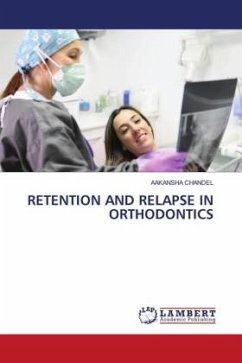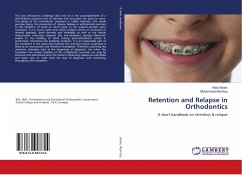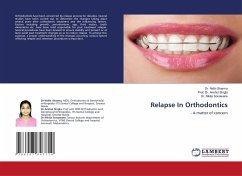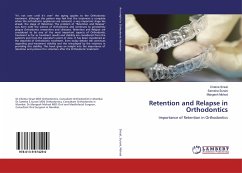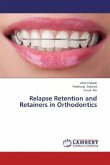Maintaining teeth in their corrected positions following orthodontic treatment can be extremely challenging. Teeth have a tendency to move back towards the original malocclusion as a result of periodontal, gingival, occlusal and growth related factors. However, tooth movement can also occur as a result of normal age changes. The problem of retention and relapse was born with the science of Orthodontics and continues to persistently disturb Orthodontists and Orthodontic researchers. Several studies have been carried out to determine the changes taking place several years after orthodontic treatment and the influencing factors. Factors including growth, periodontium, age, third molars, tooth dimensions etc., have been held responsible for post treatment relapse. Several procedures have been devised to ensure stability and prevent or at least avoid post treatment changes so as to reduce relapse. To achieve this purpose, a proper understanding of the changes occurring, various factors affecting relapse and retention procedures is important.
Bitte wählen Sie Ihr Anliegen aus.
Rechnungen
Retourenschein anfordern
Bestellstatus
Storno

